Save Spectacular
Celebrating 50 Years of National Marine Sanctuaries
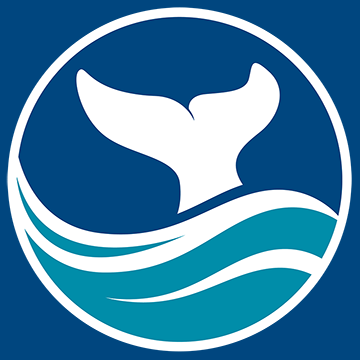
Celebrate Sanctuaries
Visit NOAA Sanctuaries for more feature stories, events, multimedia, sanctuary milestones, and our new video as we celebrate a half-century of science, service, and stewardship.
October 23, 2022, marks the 50th anniversary of NOAA’s National Marine Sanctuary System. It’s a milestone in NOAA’s mission to conserve and protect some of the nation's most treasured wildlife, seascapes, maritime heritage, and cultural resources.
Today, the sanctuary system encompasses more than 1,605,793 square kilometers (620,000 square miles) of ocean and Great Lakes waters from Washington state to the Florida Keys, and from Lake Huron to American Samoa. The network includes a system of 15 national marine sanctuaries and Papahānaumokuākea and Rose Atoll marine national monuments.
A diverse network of sites with diverse goals, our sanctuaries and monuments include remote coral reefs and deep canyons, whale migration routes, shipwrecks, and idyllic settings for recreation, as well as places that sustain the stories and cultures that define America’s Indigenous people and maritime legacy. These sites play a critical role in marine conservation and stewardship, and provide safe haven for marine life and ecosystems we depend on for a variety of ecosystem services, social, cultural, and economic benefits. But where did this idea for a national system of ocean parks begin?
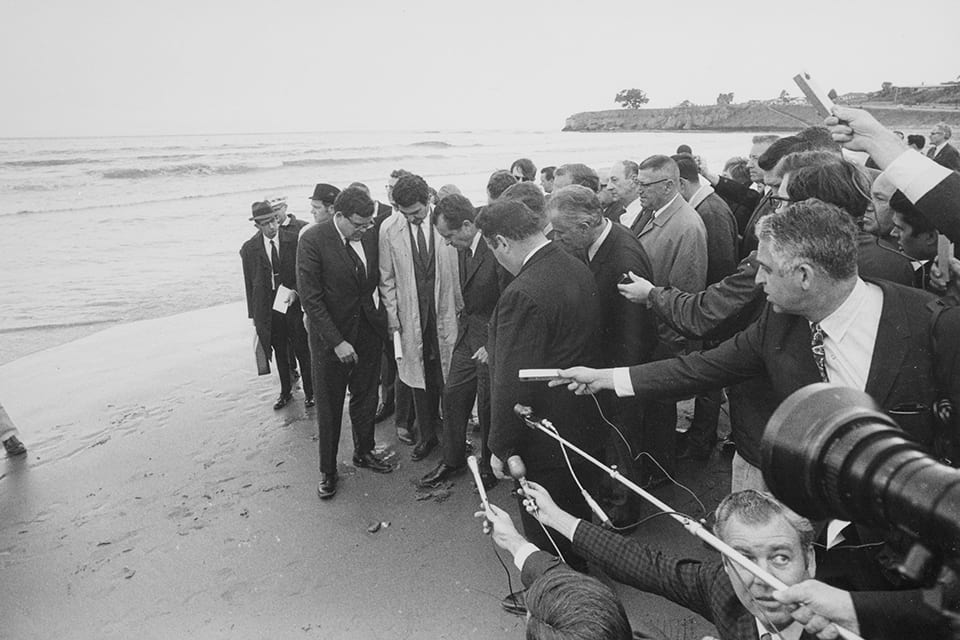
A series of environmental crises in the late 1960s, culminating with the Santa Barbara Oil Spill in 1969, prompted the nation’s leaders to get serious about the need to protect special ocean places. Here, President Nixon and the press corps tour an oiled beach in Santa Barbara in 1969. Credit: Oliver Atkins, White House photographer, courtesy of the National Archives.
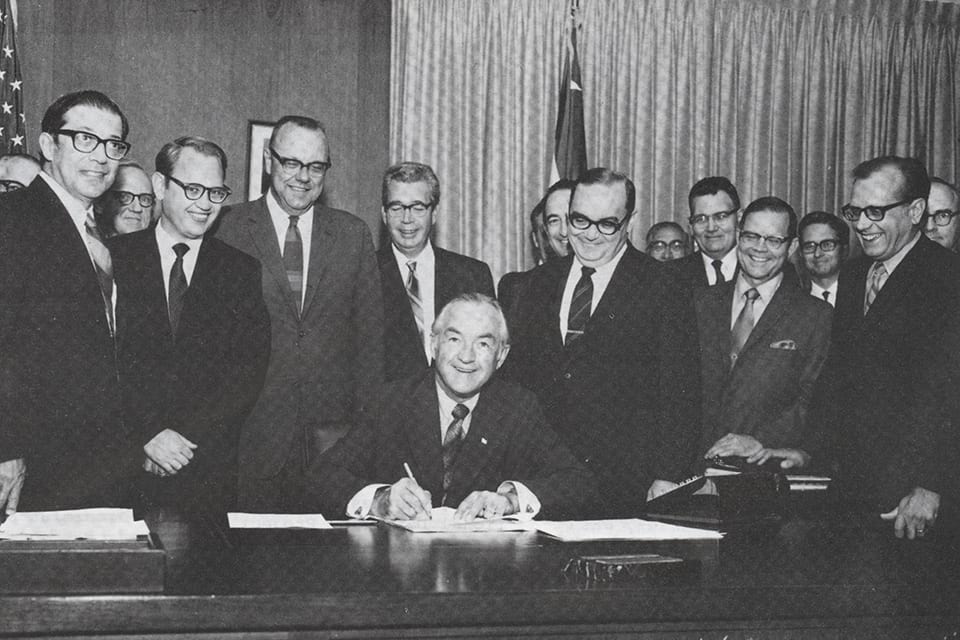
NOAA, the parent agency of the Office of National Marine Sanctuaries, was created in 1970 (shown above is the DOC Secretary approving its creation), along with the Environmental Protection Agency. The Marine Mammal Protection Act, Coastal Zone Management Act, Clean Water Act, and Marine Protection, Research, and Sanctuaries Act, which form the foundation for our conservation efforts today, were all signed in October 1972.
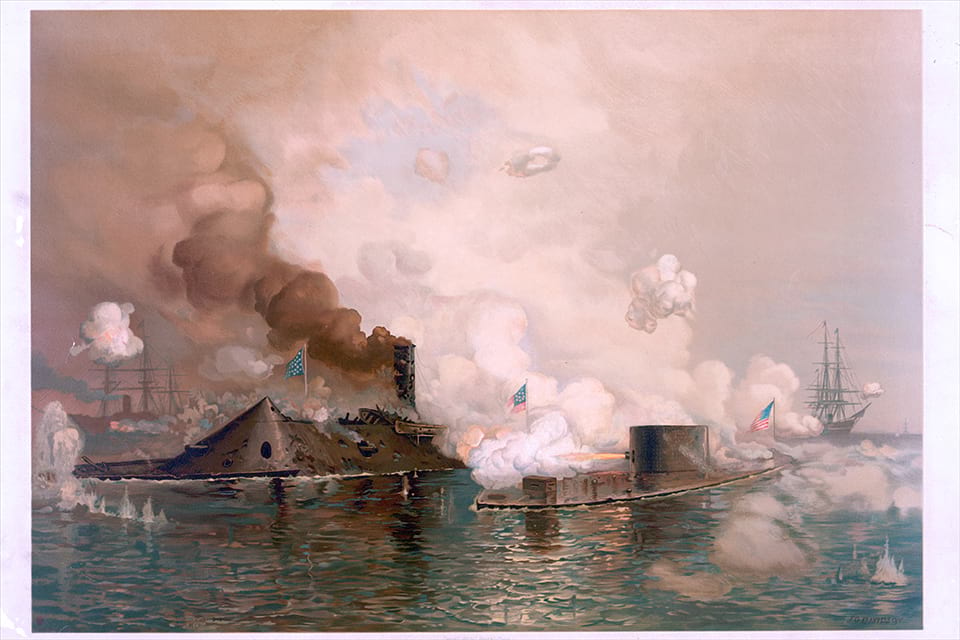
Monitor National Marine Sanctuary, the nation’s first, was designated in 1975 to protect the wreck of the Civil War-era ironclad USS Monitor. Another new sanctuary, Key Largo National Marine Sanctuary, followed later that year. This painting by J.O. Davidson shows the Battle of Hampton Roads fought on March 9, 1862, between USS Monitor and CSS Virginia. Credit: Naval History and Heritage Command.
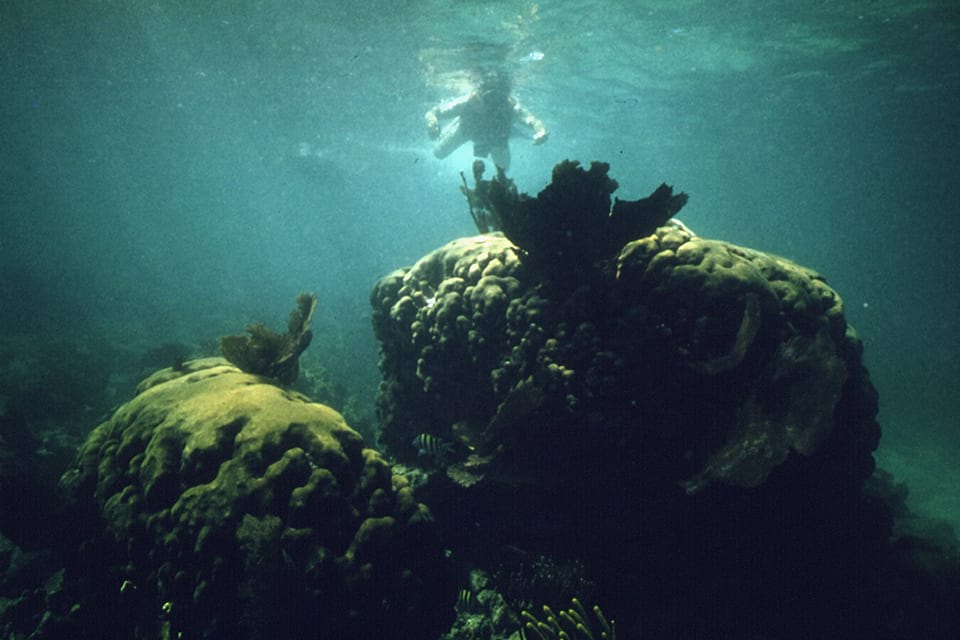
If the 1970s were about establishing the foundation of the sanctuary program, the 1980s were about gaining its stability. President Carter ordered NOAA to create a list of areas for consideration as sanctuaries and urged the agency to move more expeditiously in designations. Channel Island National Marine Sanctuary was designated in 1980 and in January 1981 President Carter approved the designations of Gray’s Reef, Looe Key (here a snorkeler checks out a Florida Keys reef in the late 1970s), and Point Reyes-Farallon Islands national marine sanctuaries. Credit: Flip Schulke, part of the EPA’s Documerica Project, courtesy of the National Archives.
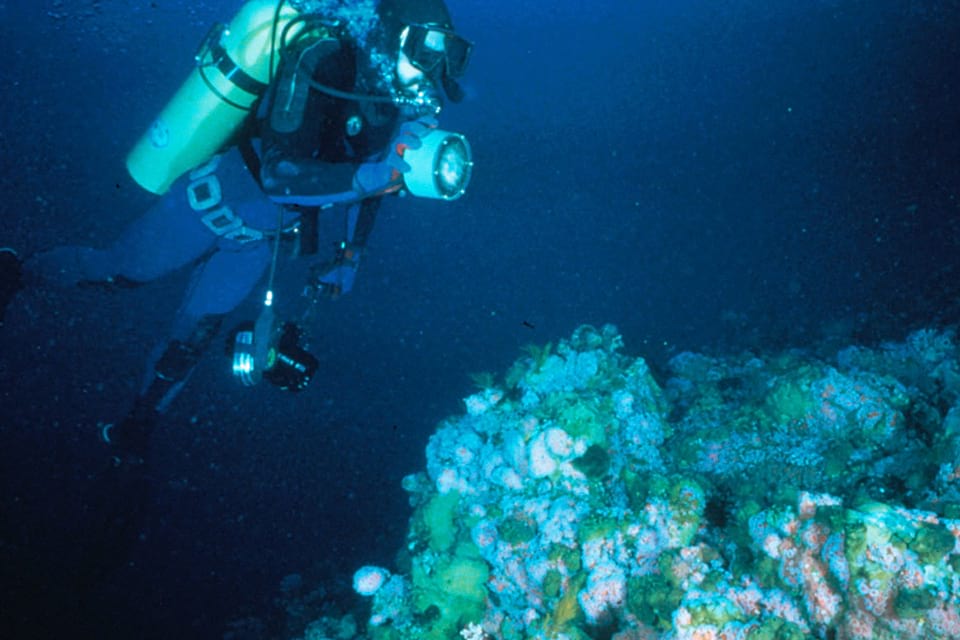
Fagatele Bay National Marine Sanctuary was designated in 1986. Cordell Bank National Marine Sanctuary followed in 1989, largely as a result of the efforts of a group of dedicated recreational divers, Cordell Expeditions, who explored the bank in the early 1980s. One of the Cordell Expeditions divers is shown above, exploring the bank. Credit: Cordell Expeditions.
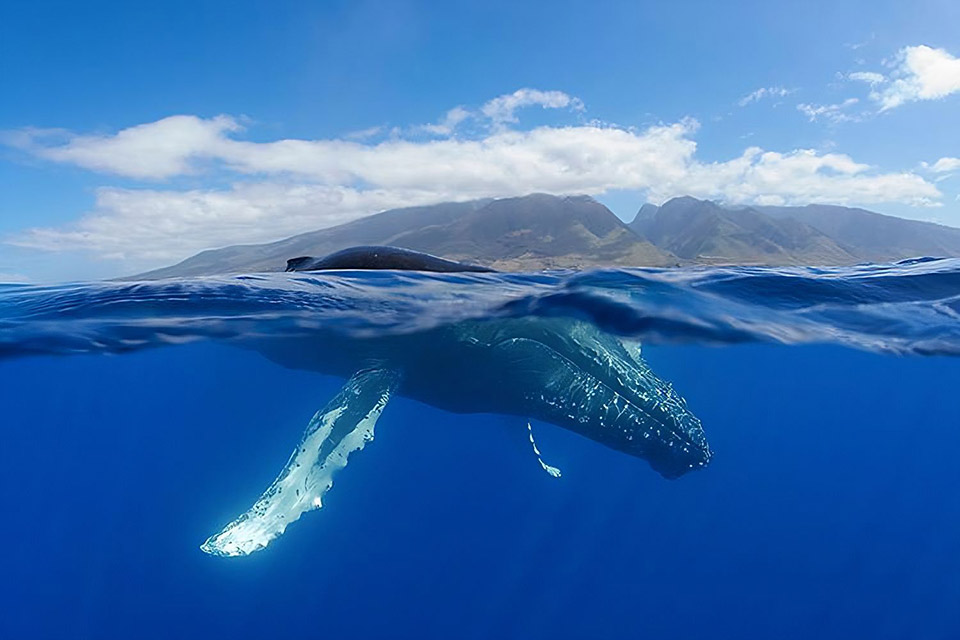
The 1990s brought rapid growth. New, large sites were added to the program, starting with Florida Keys National Marine Sanctuary in 1990, followed by four more in 1992: Stellwagen Bank, Flower Garden Banks, Monterey Bay, and Hawaiian Islands Humpback Whale national marine sanctuaries (shown here). Olympic Coast followed in 1994.
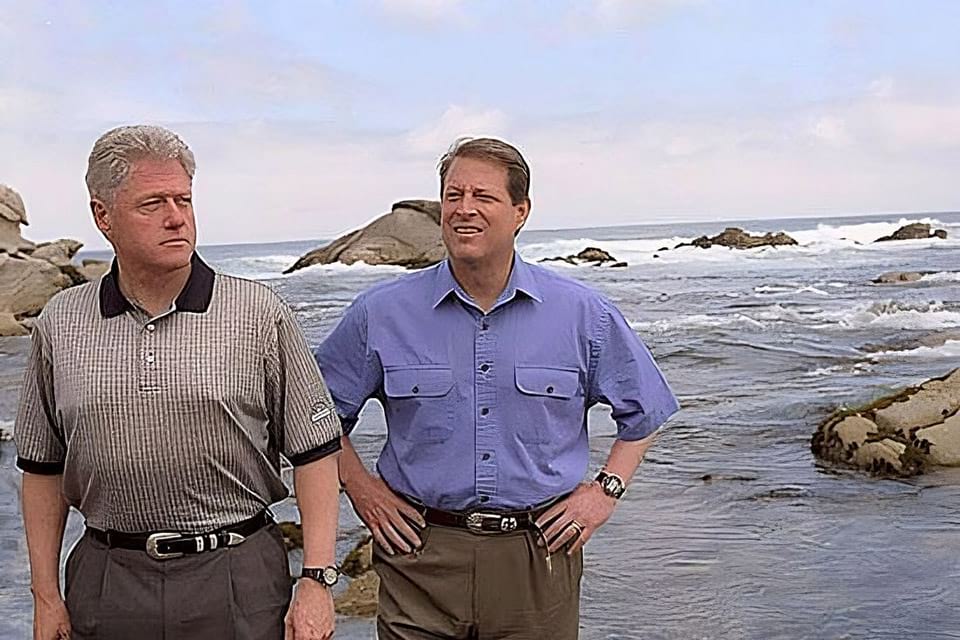
The 1990s also brought a higher profile to the sanctuary program and to ocean conservation in general, as seen here as President Clinton and Vice President Gore walk on the beach of Monterey Bay National Marine Sanctuary in 1998, there to head up the National Ocean Conference. The sanctuary program adopted its now iconic whale tail logo in 1995 and partnered with National Geographic in 1998 on the Sustainable Seas Expeditions. Credit: Bob McNeely, courtesy of the National Archives.
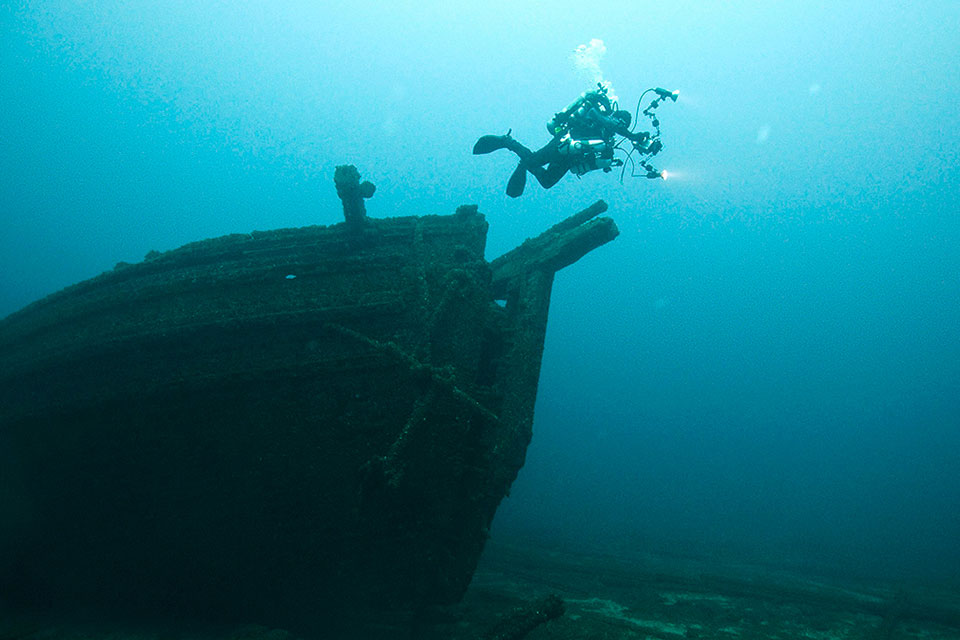
In 2000, Congress ordered NOAA to take the next step in its development and become a system. This meant taking a more strategic approach to plan for its future needs and growth, and undergo a deliberate effort to develop its system identity. New sites added to the system during this decade were Thunder Bay National Marine Sanctuary (shown here), Northwestern Hawaiian Islands Coral Reef Ecosystem Reserve, and Rose Atoll Marine National Monument.

A maturing view of sanctuaries in the 2010s resulted in increasing investments in programs and partnerships at the local level: empowerment of sanctuary advisory councils, establishment of citizen science and other volunteer programs, creation of programs to reach more diverse audiences, and renewed dedication to working with Indigenous partners and communities. Here, members of a singing group rehearse for choral competitions held every Flag Day in American Samoa.
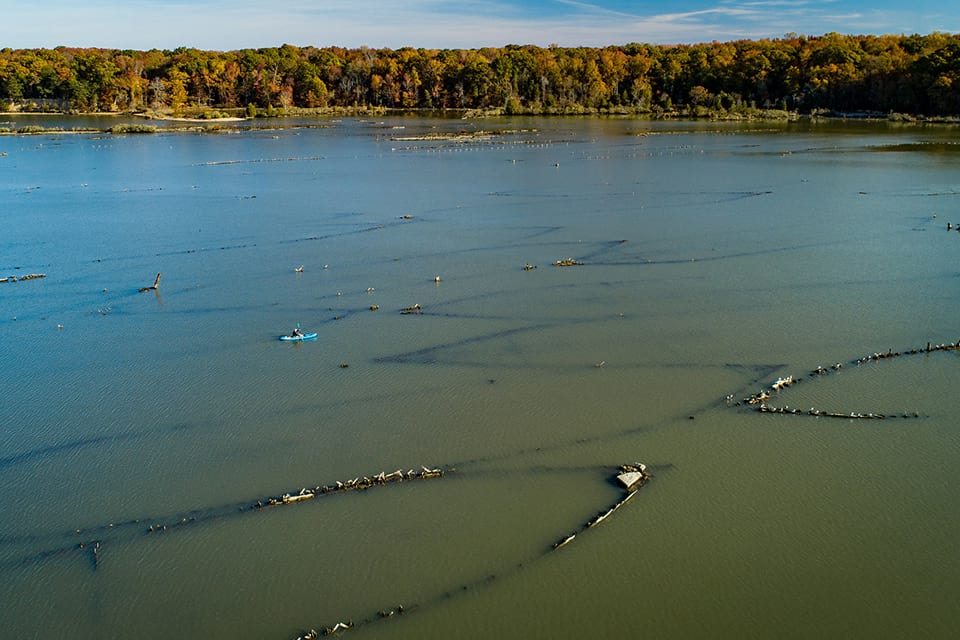
In 2012, Fagatele Bay National Marine Sanctuary was expanded into National Marine Sanctuary of American Samoa. Additional expansions followed: Thunder Bay in 2014; Monterey Bay, Cordell Bank, and Greater Farallones in 2015; and Papahānaumokuākea Marine National Monument in 2016. The decade closed with the first new sanctuary designation in a generation when Mallows Bay-Potomac River National Marine Sanctuary was designated in 2019, shown here.
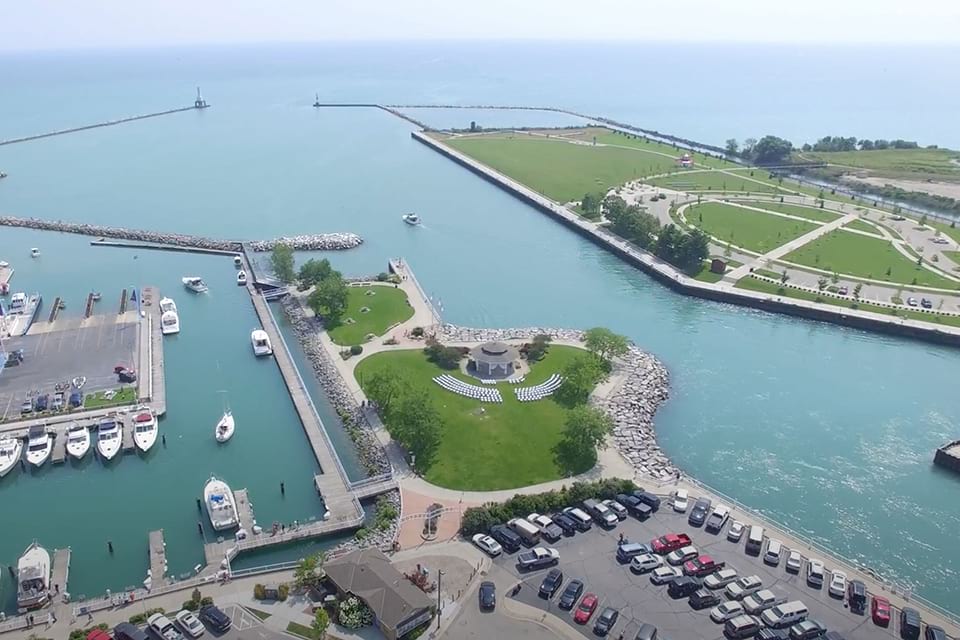
The 2020s started off with the designation of the newest site in the sanctuary system: Wisconsin Shipwreck Coast National Marine Sanctuary in 2021. The sanctuary’s southern boundary ends at picturesque Port Washington, shown above. The same year, Flower Garden Banks National Marine Sanctuary expanded to include an additional 14 banks, tripling in size.
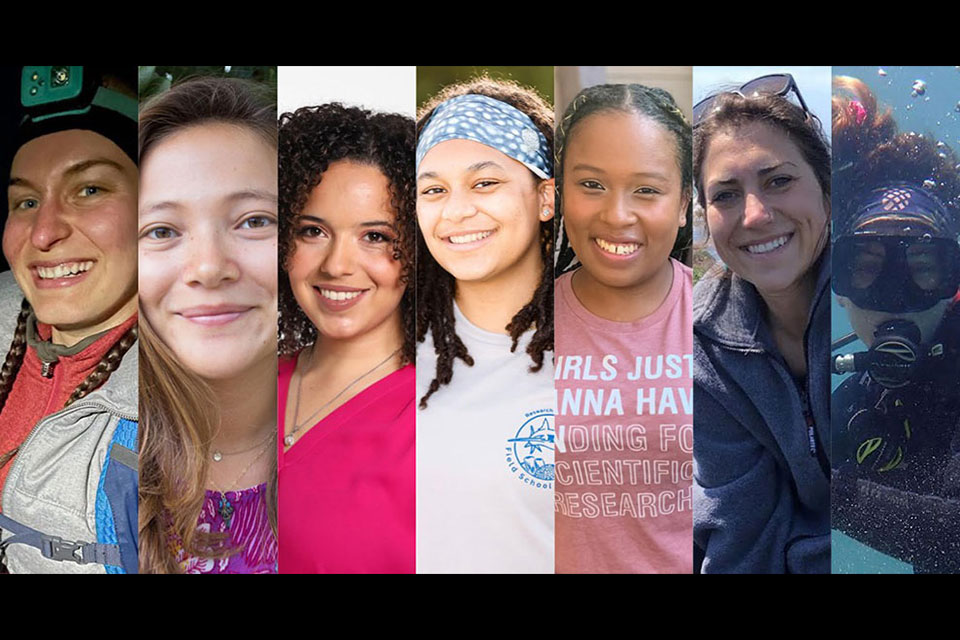
As we reach our 50th anniversary, we are committed to putting ourselves on the right path to meet the challenges we face now and those we know are coming. We hope to add new areas to the system, starting with the proposed Lake Ontario, Hudson Canyon, and Chumash Heritage national marine sanctuaries. We are helping prepare future stewards of our ocean, including our Nancy Foster Scholars shown above. Our newly released five-year strategic plan and twenty-year vision will help chart our course. We don’t know how things will look for our centennial in 2072 but we fully embrace our responsibility to save these spectacular places and ensure the National Marine Sanctuary System remains a source of pride and enjoyment for all people.